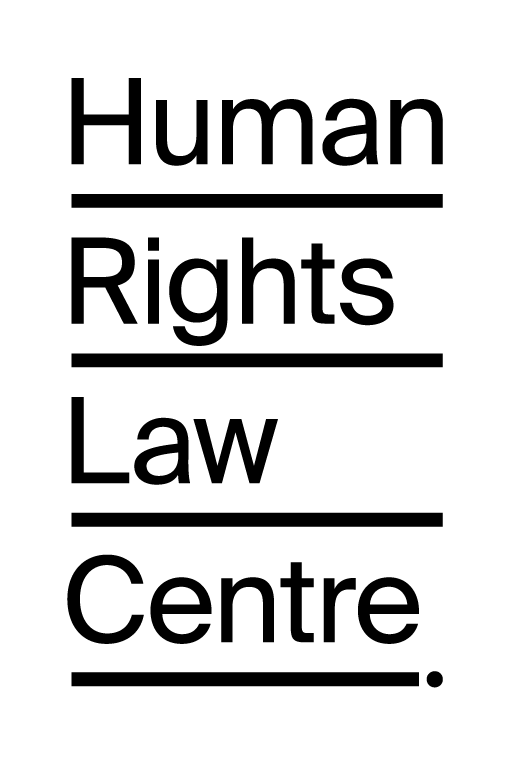Overview of the National Human Rights Consultation
- About the National Human Rights Consultation
- Why Australia Needs a Human Rights Act
- Myths and Misperceptions about a Human Rights Act
1. About the National Human Rights Consultation
The National Human Rights Consultation announced by the Attorney-General on 10 December 2008 is an historic opportunity for individuals and communities throughout Australia to improve our democracy. The Human Rights Law Resource Centre encourages all Australians to have their say about the protection of fundamental values such as freedom, respect, dignity and a fair go.
The Government has appointed a Committee, chaired by Fr Frank Brennan, to undertake the Australia-wide community consultation.
The Committee has been tasked to ask the Australian community:
- Which human rights (including corresponding responsibilities) should be protected and promoted?
- Are these human rights currently sufficiently protected and promoted?
- How could Australia better protect and promote human rights?
Submissions to the Committee are due by 15 June 2009 and the Committee has been asked to report to the Australian Government by 31 August 2009 on the issues raised and the options identified to enhance the protection and promotion of human rights. The options identified should preserve the sovereignty of the Parliament and not include a constitutionally entrenched bill of rights.
For further information about the Federal Government's National Human Rights Consultation, see www.humanrightsconsultation.gov.au.
2. Why Australia Needs a Human Rights Act
Australia is the only developed democracy without a national Human Rights Act or constitutional protection.
The Human Rights Law Resource Centre supports a comprehensive Australian Human Rights Act that enshrines the fundamental civil, political, economic, social and cultural rights that are necessary for all people to participate fully in our community.
An Australian Human Rights Act could improve public services, promote more responsive and accountable government, and address disadvantage.
An Australian Human Rights Act could be modeled on legislation such as the Victorian Charter of Human Rights and Human Rights Acts in the United Kingdom and the Australian Capital Territory.
These acts ensure that human rights are taken into account by parliament, the courts and public services when developing and applying law and policy. They promote a conversation between the community and government about how best to protect human rights and community interests.
The evidence from bodies such as the UK Audit Commission, the British Institute of Human Rights, and the ACT and Victorian Human Rights Commissions is clear: the institutionalization of a human rights culture through this type of legislation leads to better public services and outcomes.
Human Rights Acts have great potential to address disadvantage and promote dignity. Some recent examples are illustrative.
In Victoria, the Charter has been used to promote better educational opportunities for children with disability, prevent the eviction of a single mother and her kids from public housing into homelessness, and gain access to medical assistance for an elderly woman with a brain injury.
In the UK, the right to life has been relied on to require the state to support vulnerable persons and prevent destitution. The right to freedom from cruel treatment has required authorities to protect children from abuse and neglect. And the right to privacy has been used to ensure that an elderly couple could continue to cohabit in a nursing home after 65 years of marriage.
These are commonsense decisions that have improved lives.
Click here for Case Studies on How a Human Rights Act can Promote Dignity and Address Disadvantage.
3. Myths and Misperceptions about a Human Rights Act
It is important that the debate about a Human Rights Act is evidence-based and avoids myths.
A Human Rights Act would not shift power from parliament to the judiciary. Human rights are profoundly democratic. The Victorian Charter, for example, entrenches rights such as free expression, peaceful assembly and public participation, which enhance democracy. The Charter does not give courts the power to strike down legislation, but merely to remit a law to parliament for reconsideration if it cannot be interpreted compatibly with human rights. Parliament retains absolute sovereignty to respond to these declarations as it sees fit.
Another common myth is that Human Rights Acts are a lawyers' picnic. This is not supported by evidence. A two year review of the ACT Human Rights Act noted there has been no flood of litigation. In the UK, where the Human Rights Act has been in force for 10 years, a major report found that there has been no increase in the volume, length or costs of litigation.
The HRLRC has produced a fact sheet on the Myths and Misperceptions about a Human Rights Act for Australia.
More pages on the National Human Rights Consultation:
- Overview of the Consultation
- What You Can Do
- Materials and Resources
- HRLRC Workshops and Submission Toolkits
